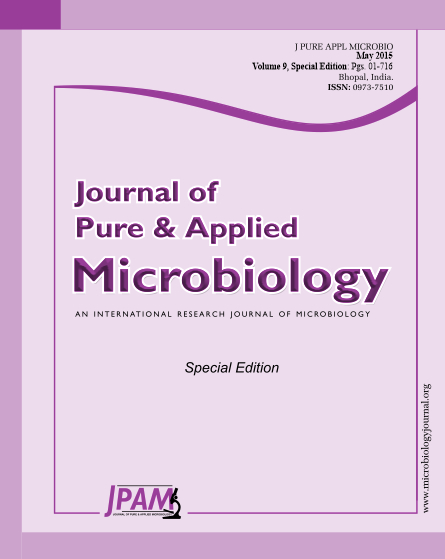Due to wide range of secondary metabolites and their therapeutic properties, seaweeds have natural alternative to the chemical based compounds. This project focuses on phytochemical evaluation and genetic diversity within seaweeds collected from Mediterranean seashores of Alexandria. The seaweeds samples of class Ulvophyceae such as U. fasciata, U. lactuca and U. intestinalis were extracted using polar solvents such as Methanol, Ethanol, Acetone and Chloroform. Phytochemical screening showed the presence of alkaloids, triterpenoids, steroids, tannins, coumarins, sterpenoids, phytosteroids and flavonoids in marine algae under investigation. Saponins were absent in all Ulva sp. The common major compounds like protein, carbohydrate, lipid, phenol, flavonoids, tannins and photosynthetic pigments were extracted using polar solvent methanol. Of the four solvents tested, Methanol was the best solvent for isolation of antimicrobial compounds from the tested marine algae followed by Ethanol. The reducing power, percentage of hydrogen peroxide scavenging and total antioxidant capacity of the various extracts were determined. Among the various extracts methanolic extract was found to have the highest reducing power and total antioxidant capacity, while chloroform extract was found to have highest of hydrogen peroxide scavenging activity. The present study elaborates the bioactive content of seaweeds and demonstrates the effective application of RAPD technique for analyzing the genetic differentiation.
Algae, Phytochemical screening, Antibacterial activity, RAP
© The Author(s) 2015. Open Access. This article is distributed under the terms of the Creative Commons Attribution 4.0 International License which permits unrestricted use, sharing, distribution, and reproduction in any medium, provided you give appropriate credit to the original author(s) and the source, provide a link to the Creative Commons license, and indicate if changes were made.


